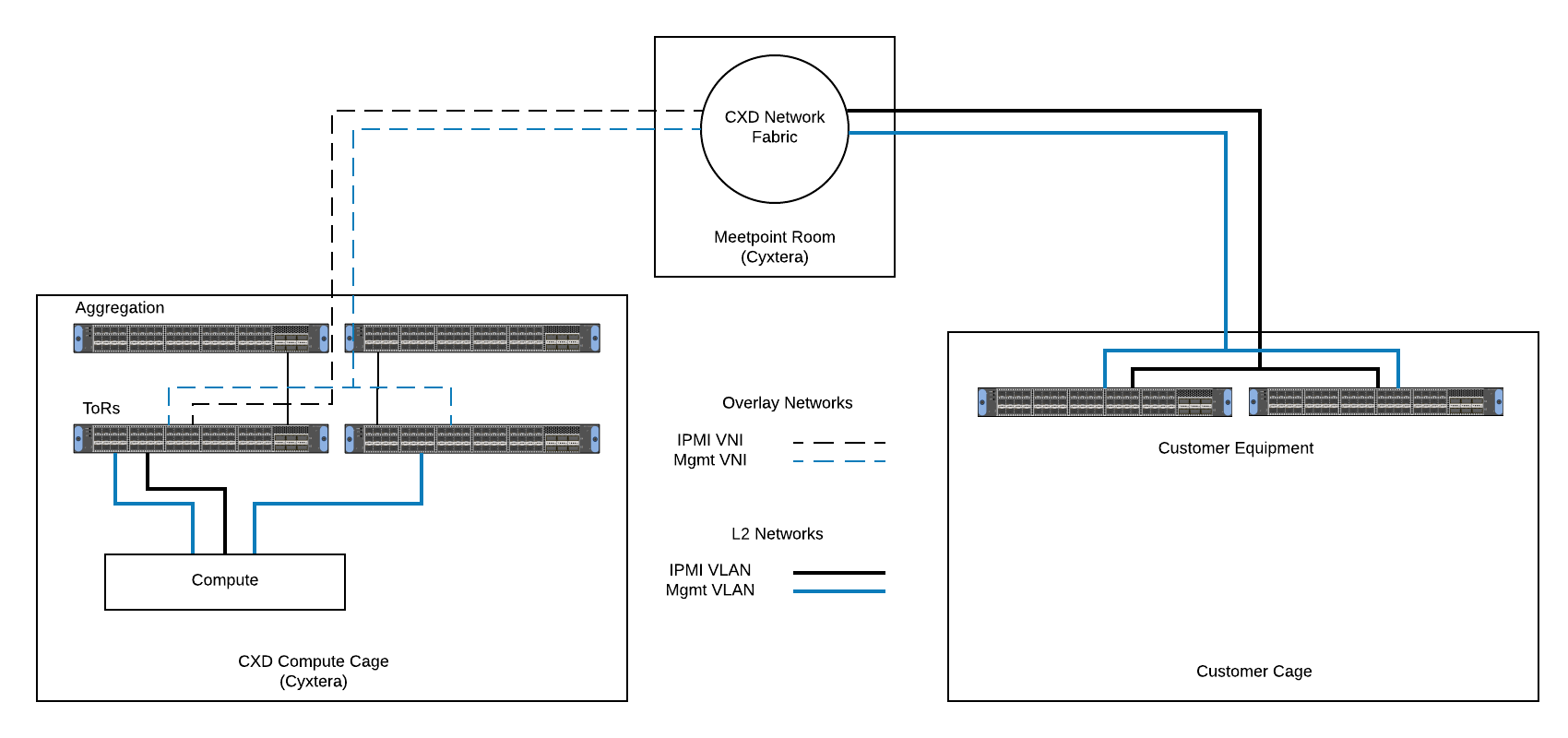Modernize Colocation by Automating Data Center Connectivity
Hybrid IT, Colocation, Connectivity in Interconnection
In the first part of this series, we discussed the need to modernize the colocation experience. To begin with, we examined the process of deploying new infrastructure in to our data centers, looking for areas that could be streamlined or automated.
We quickly determined that much of the time and effort in a data center is expended getting connections to a customer cage. This might be a connection to a network provider, a cross connect to another cage within the facility, or some other connection that the customer requires to run their applications. In any case, the traditional method is to physically cable the customer to a patch panel in the meet point room. It became clear that automating this process would be the first requirement for making the data center experience more dynamic. It isn’t practical to automate the physical process of pulling cable through the facility, so we needed a different approach.
Those of you who work with servers and virtualization will be familiar with physical and logical networks. In virtualized environments, it is standard practice to carry multiple logical networks over a single physical connection. We decided to take this same approach to providing network connections to customer cages.
Normally this is done with layer 2 networks (VLANs) that are carried across multiple sets of switches. Unfortunately, this method isn't well suited to the scale of a data center network. In recent years, it's become possible to virtualize layer 2 networks with overlay technologies like VXLAN, which allows the core underlay network to be a pure layer 3 design. This is much more scalable and resilient and therefore better suited to deployment in large scale environments.
Using overlay technology and scalable layer 3 networks, we can provision multiple layer 2 networks for customers anywhere within a facility or even a metro area using only a single pair of physical connections.
In this example, a customer is connected to CXD Compute nodes with two layer 2 networks across the CXD network fabric. From the customer perspective, the compute node is directly connected to their network. This allows maximum flexibility for the customer as no special equipment or configuration is required to utilize resources outside the customer cage. Since this is all done in software, it means the customer can provision and manage networks through our portal or APIs.

All that is required to use this capability is a connection to the CXD Network fabric, which is provided via a CXD Unified Services Port (USP). In part 3 of this series, we'll go in to more detail on the CXD Unified Services Port.
Learn More
Learn more about Cyxtera CXD and how we deliver on-demand network connectivity.
Views and opinions expressed in our blog posts are those of the employees who made them and do not necessarily reflect the views of the Company. A reader should not unduly rely on any statements made therein.

Share this Post